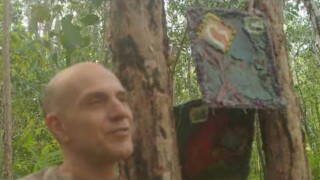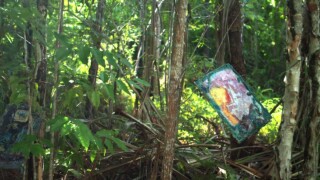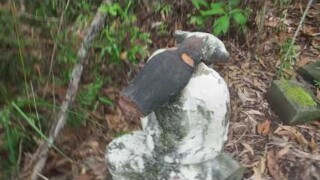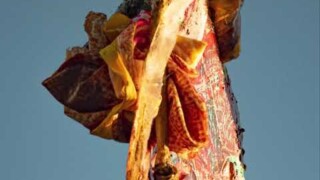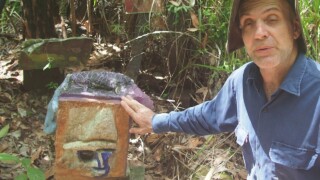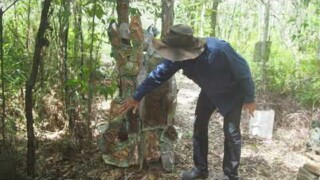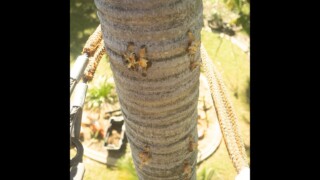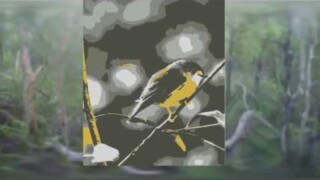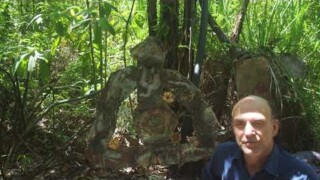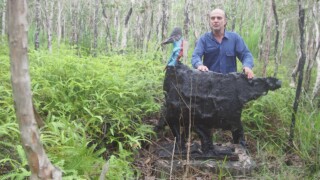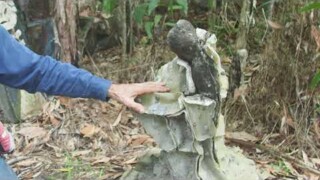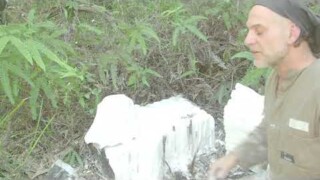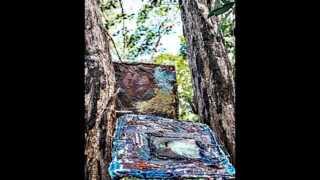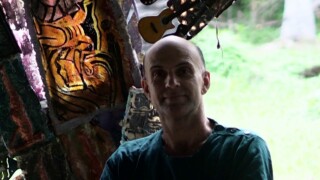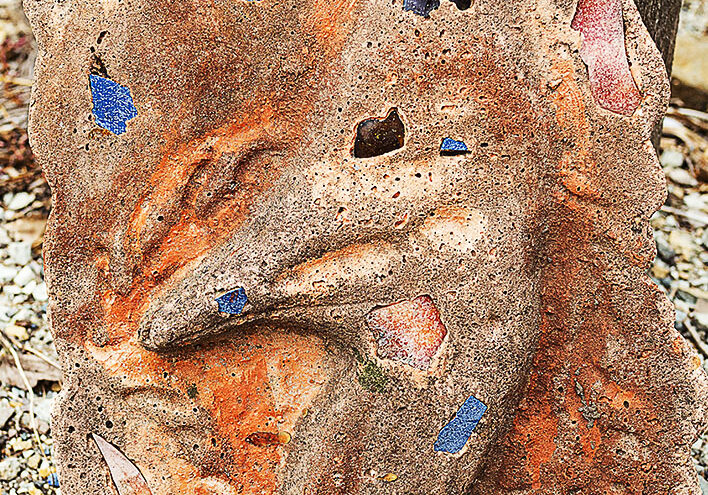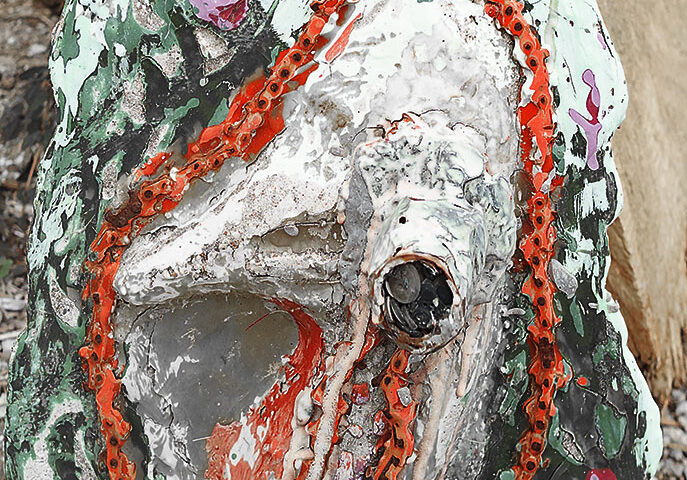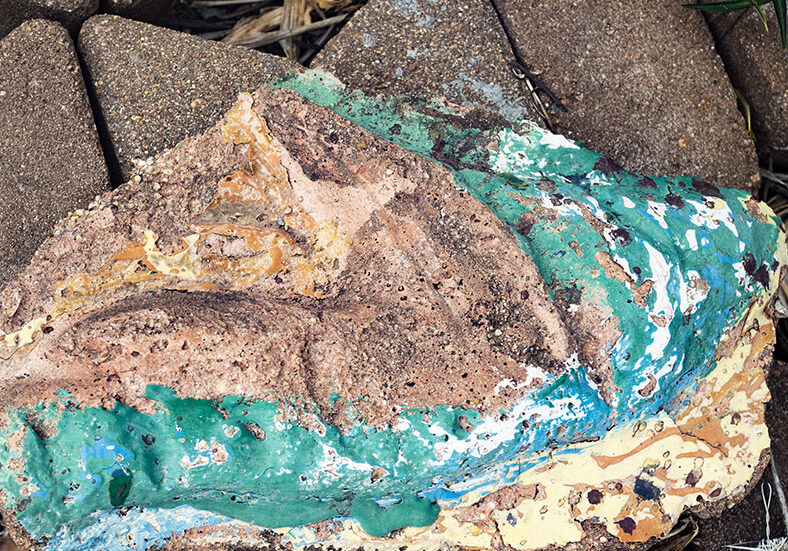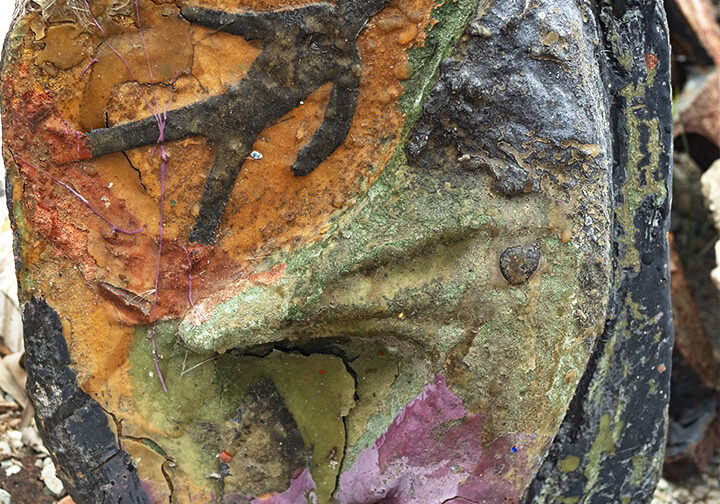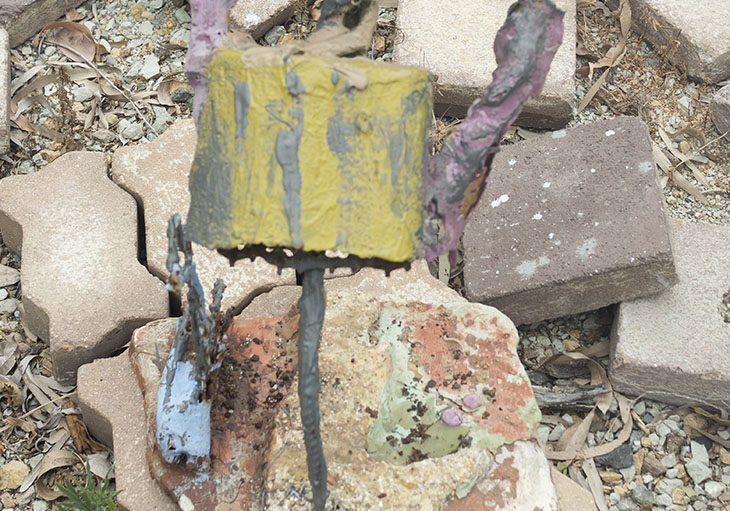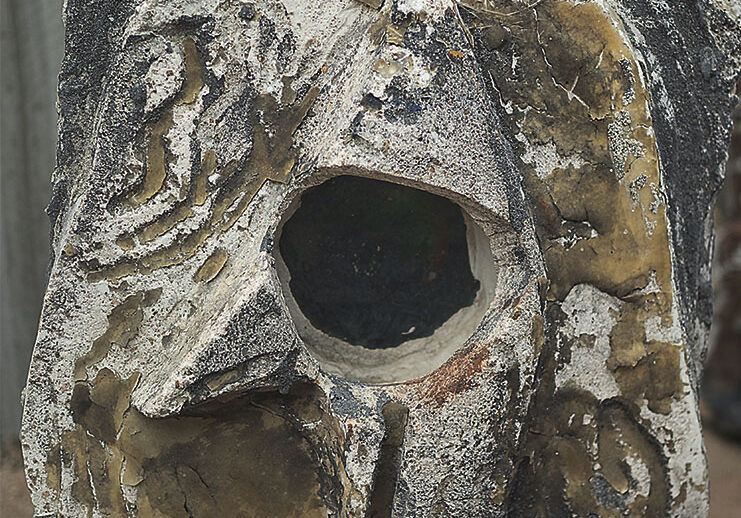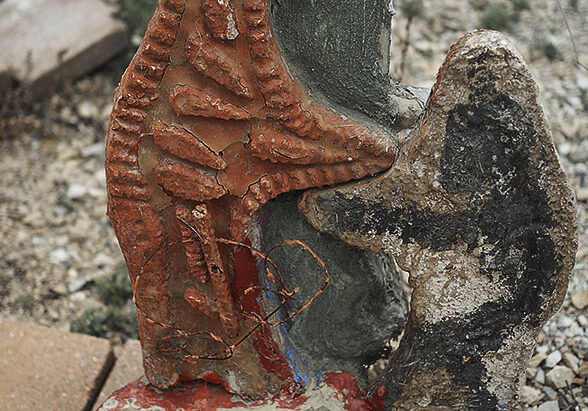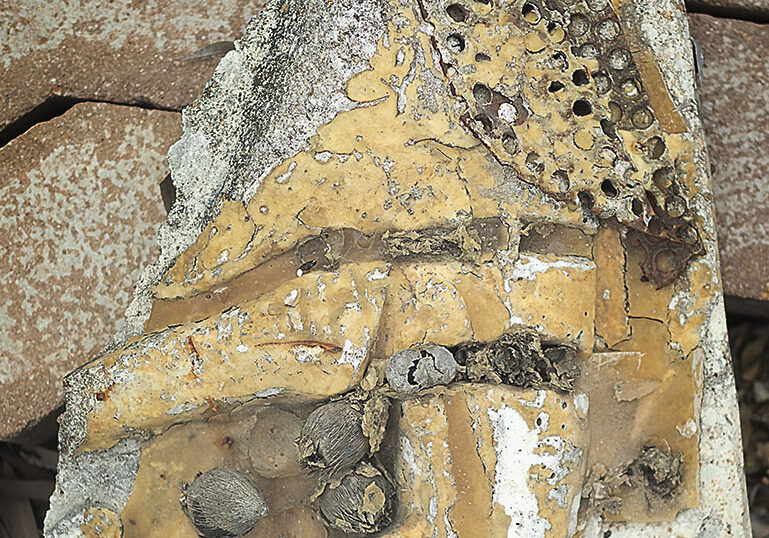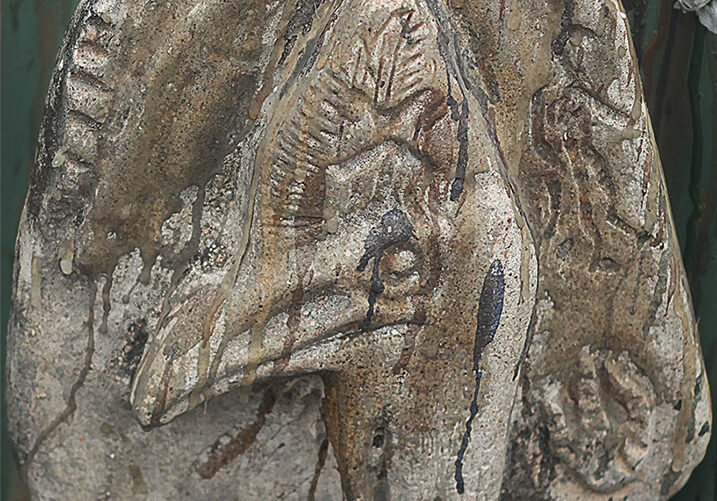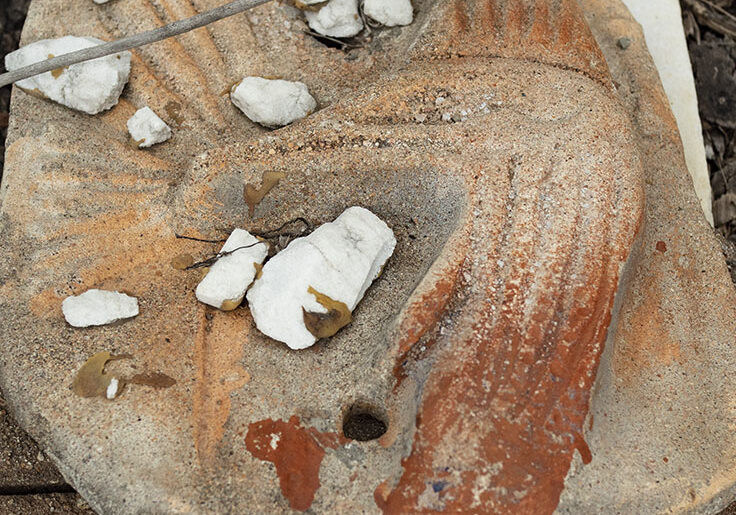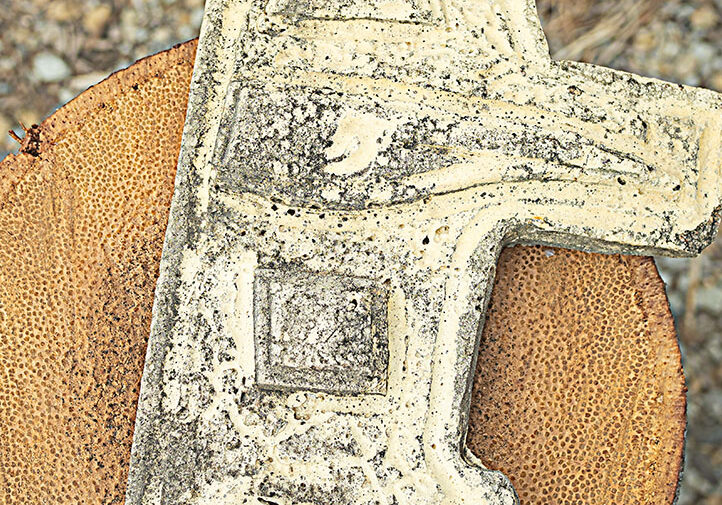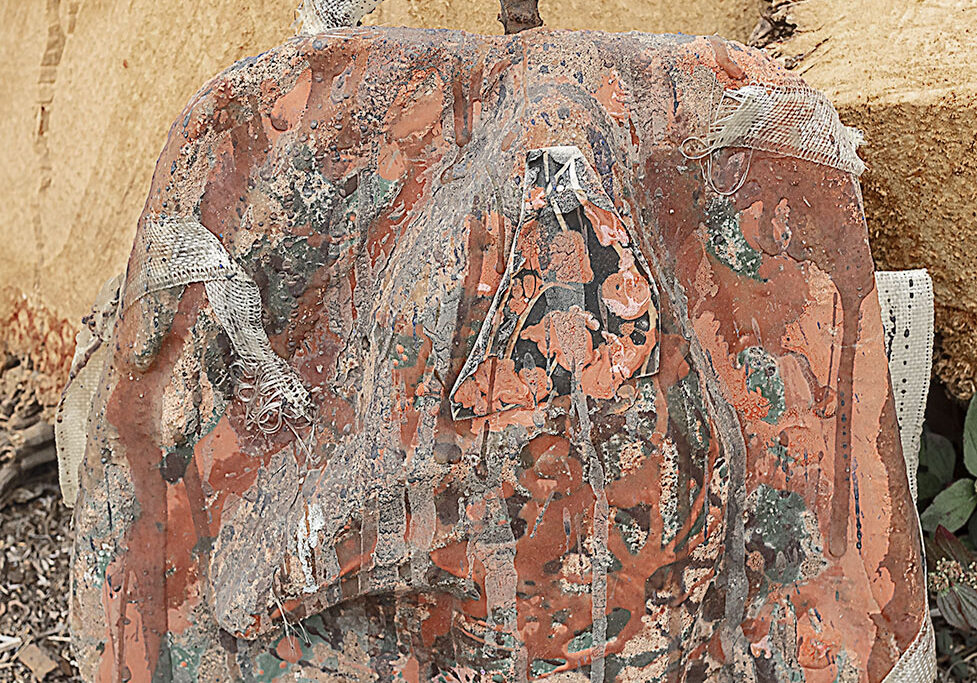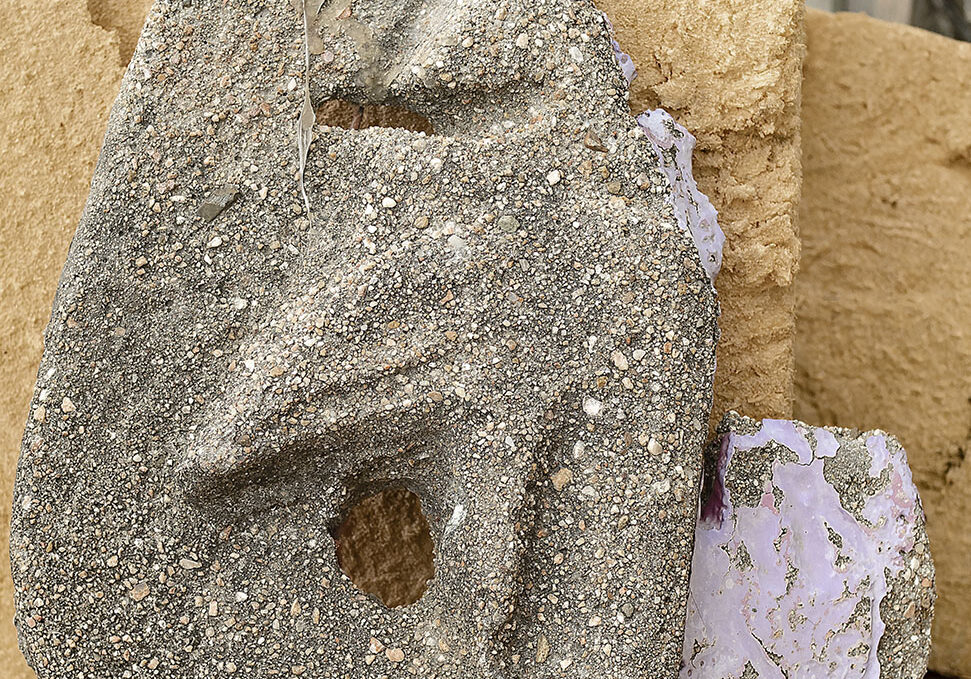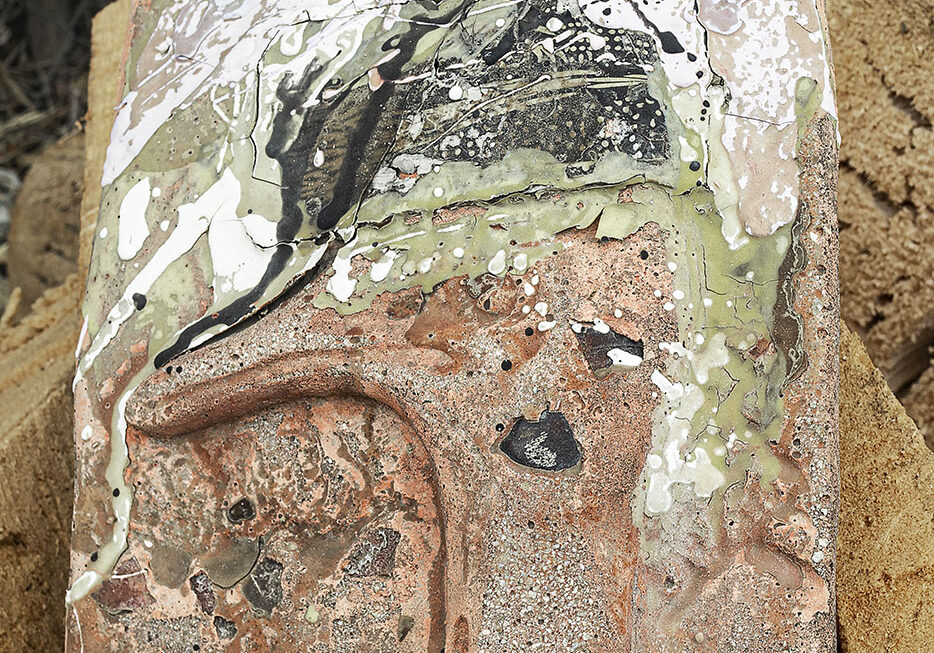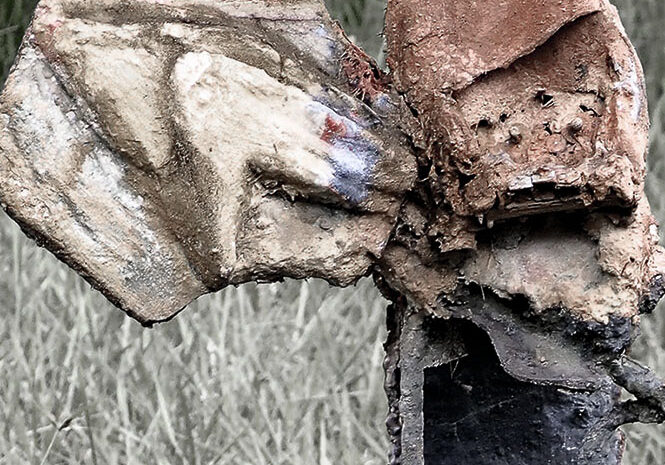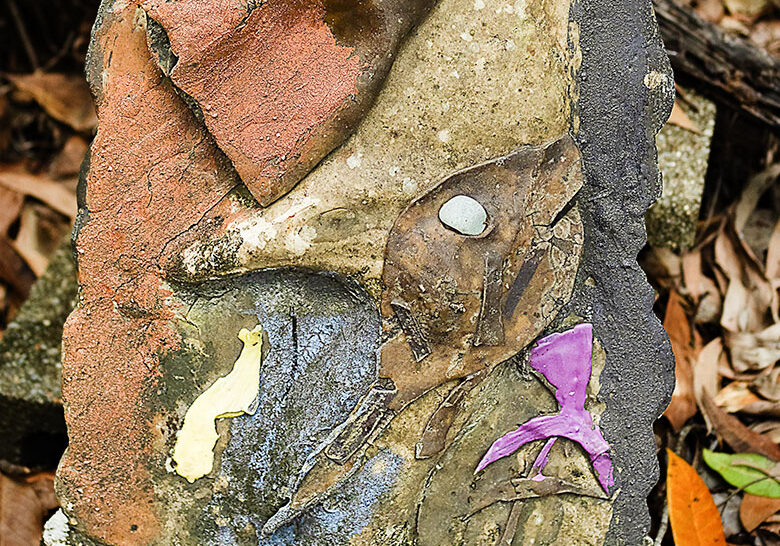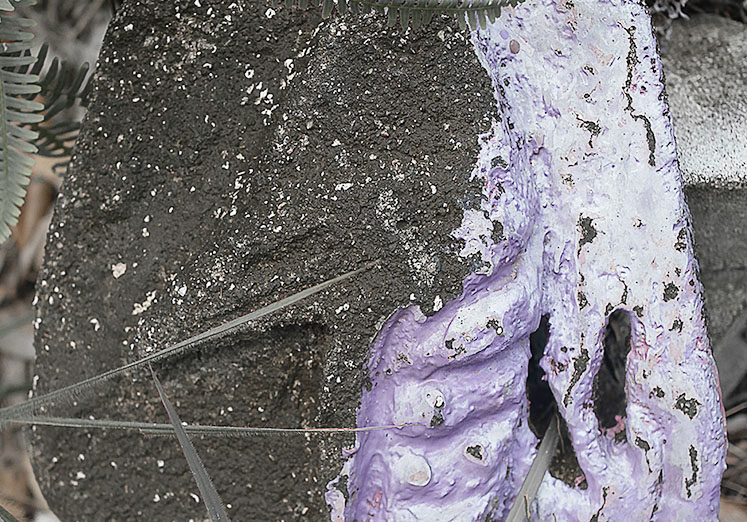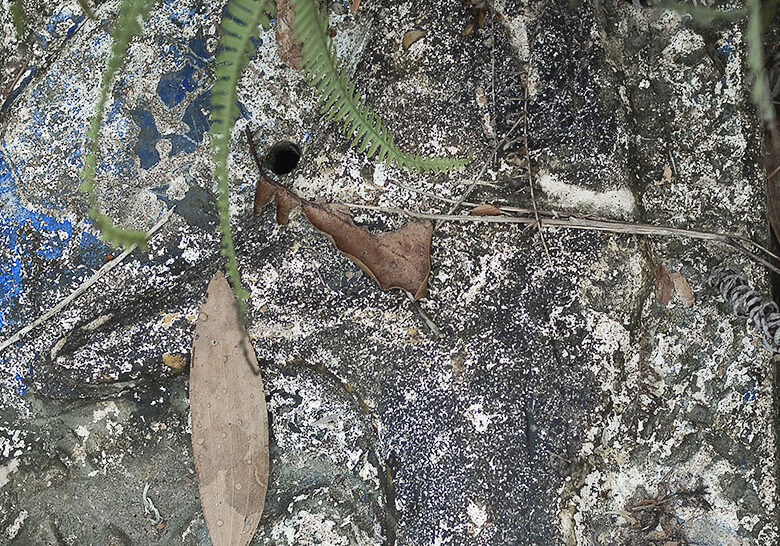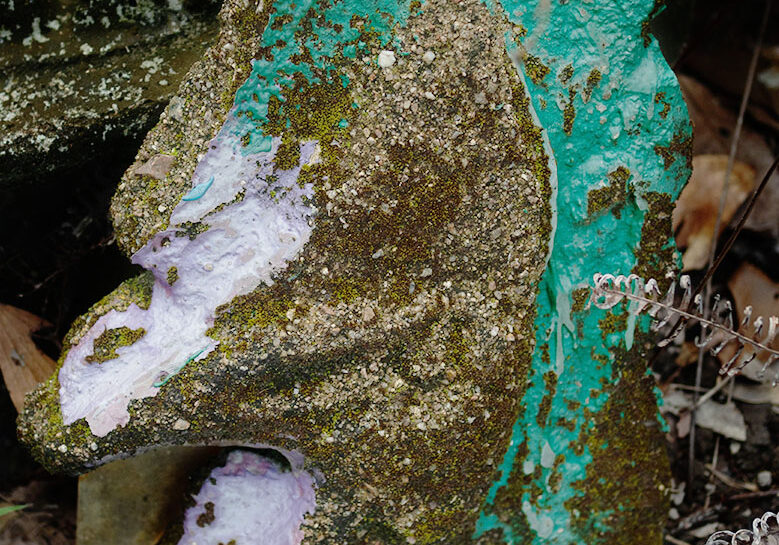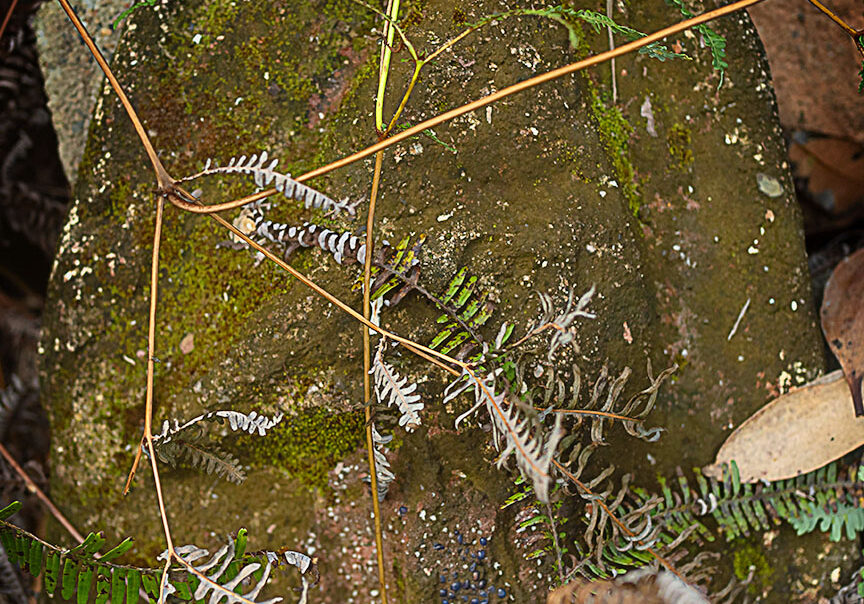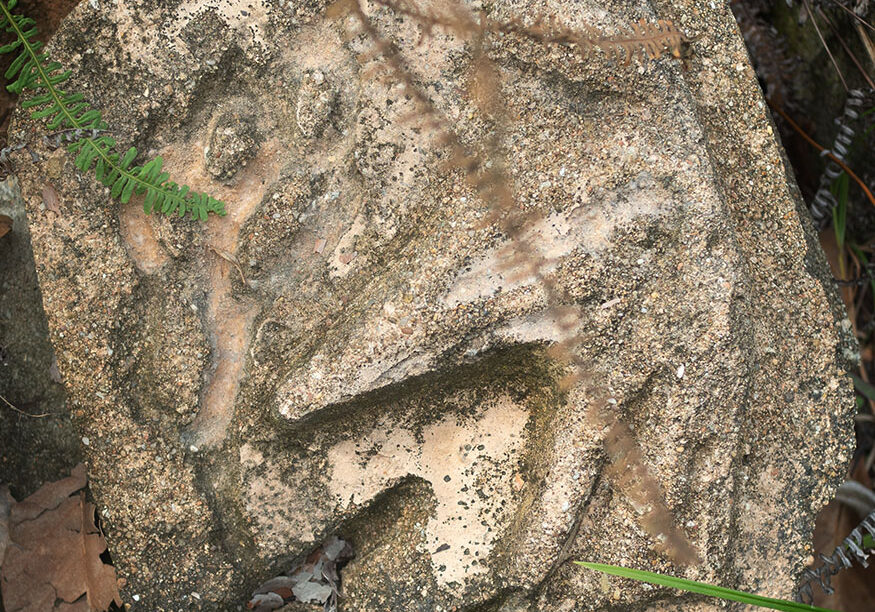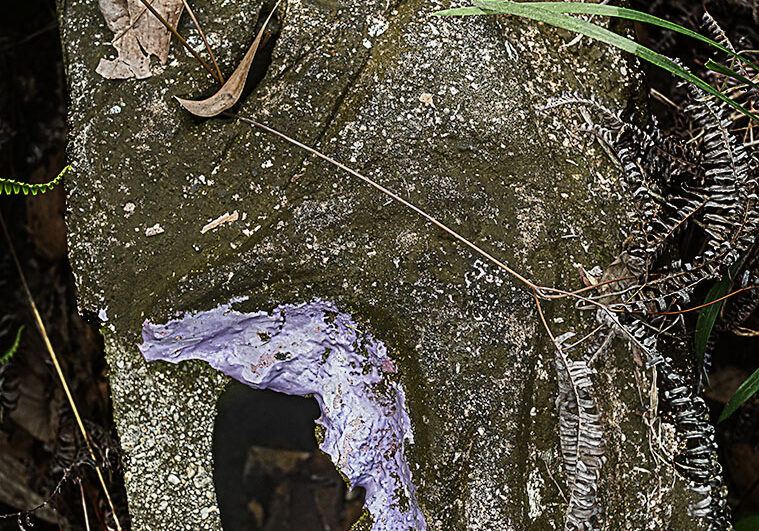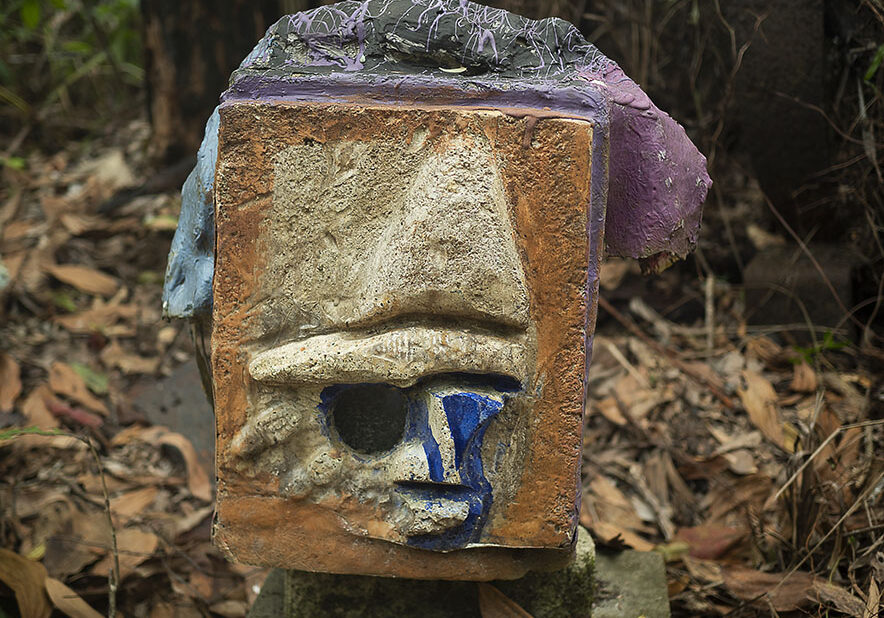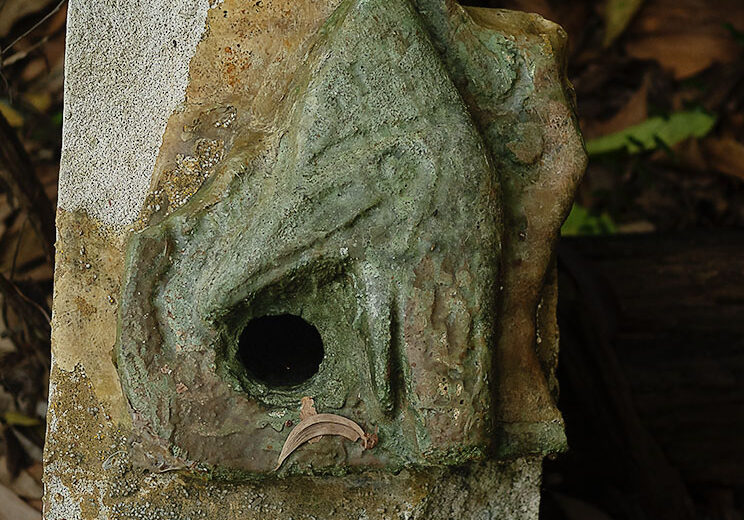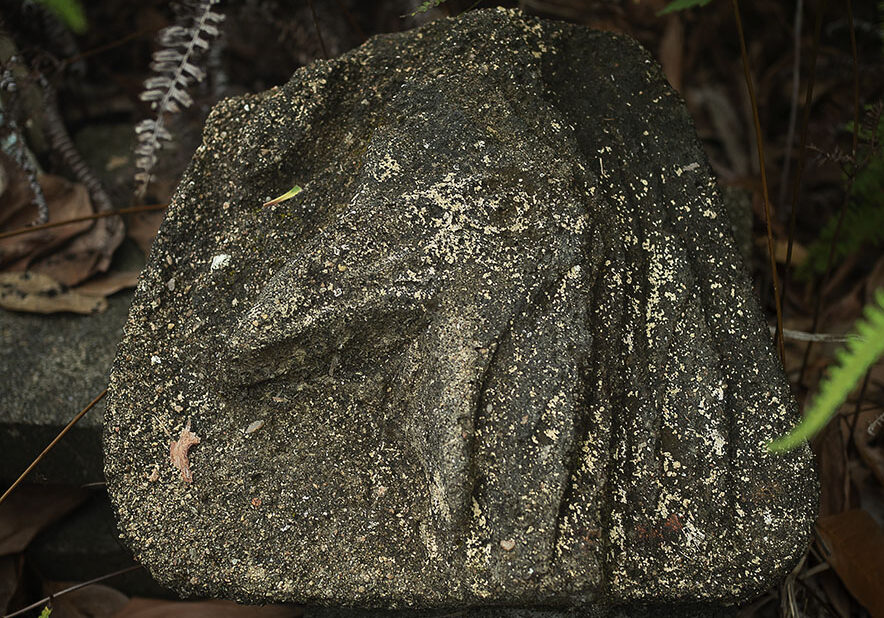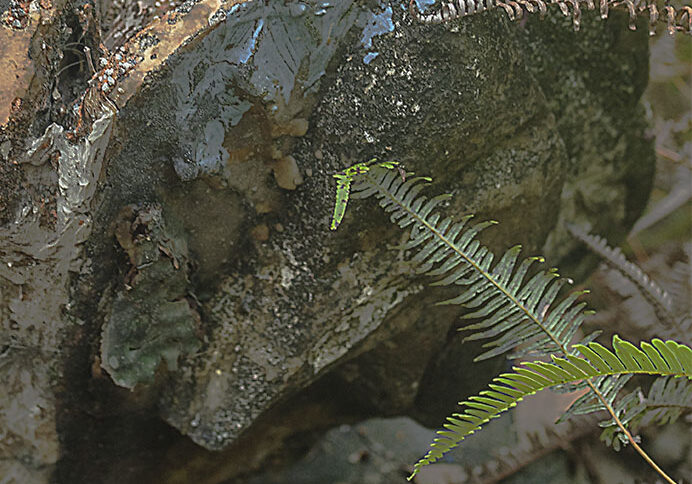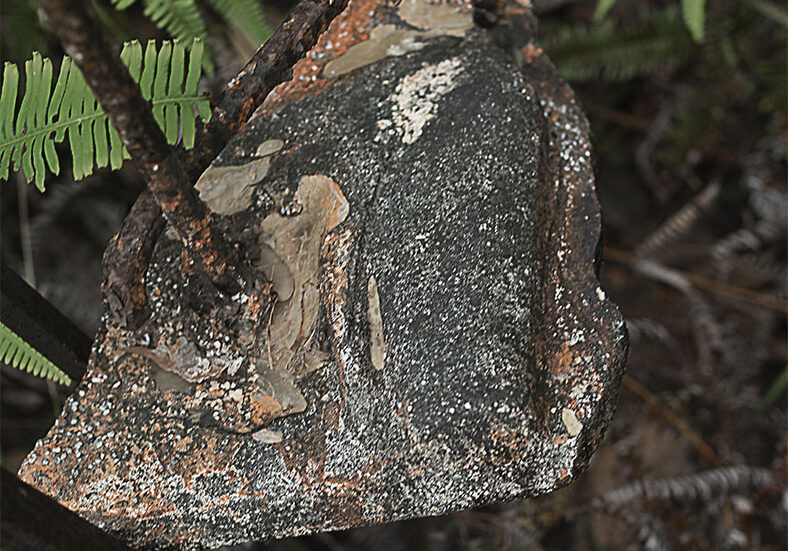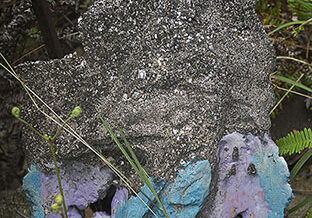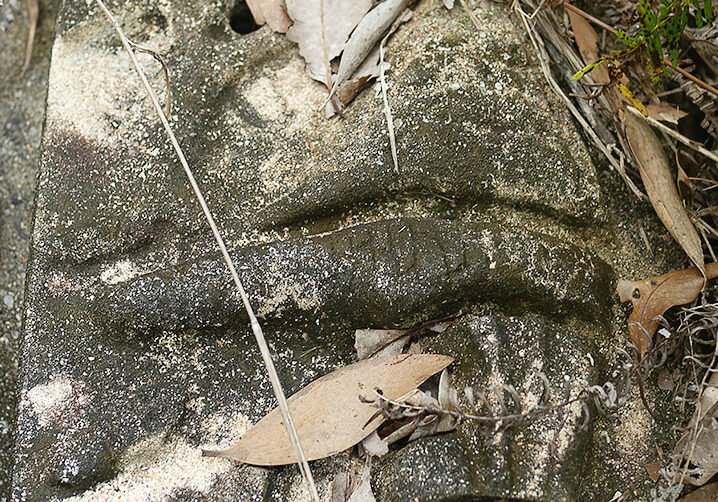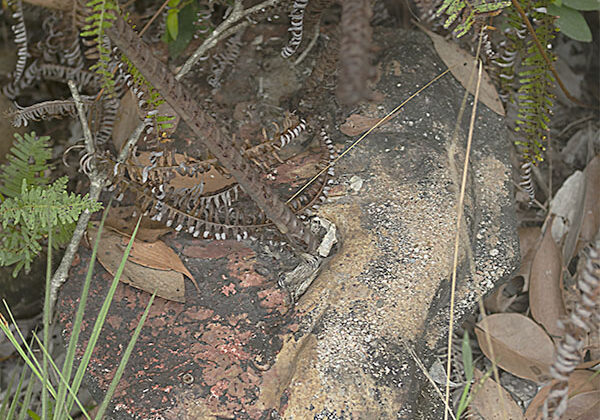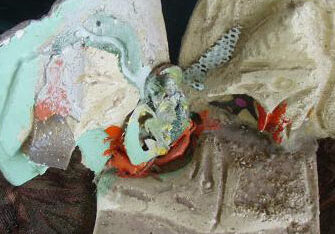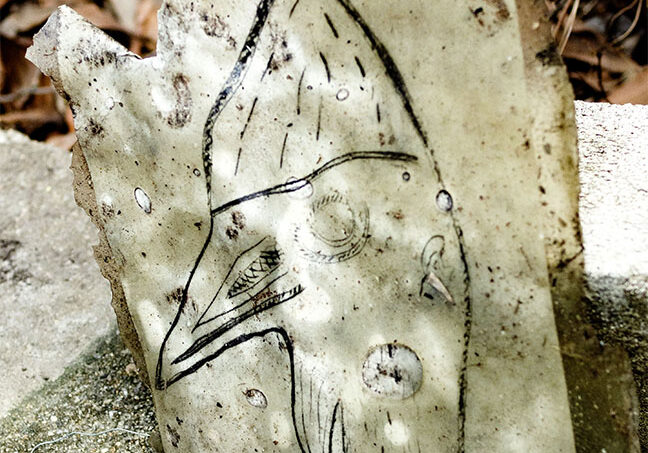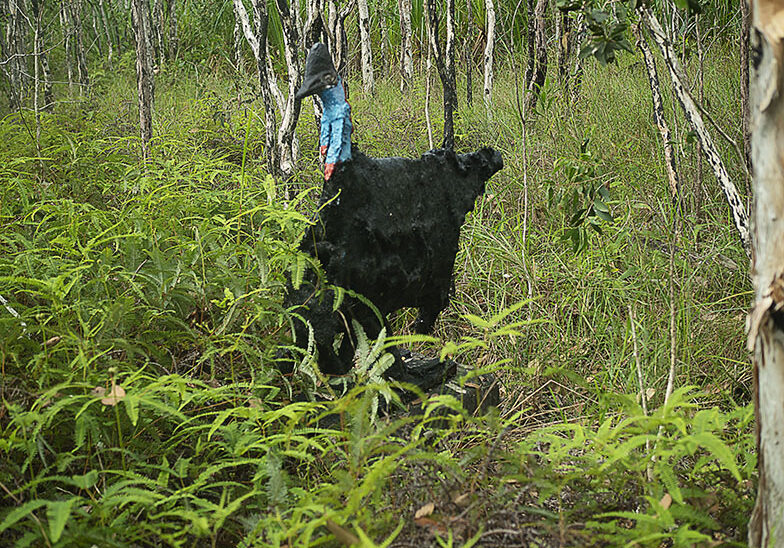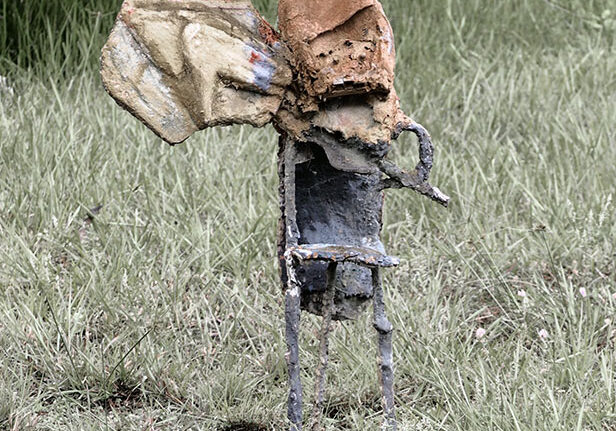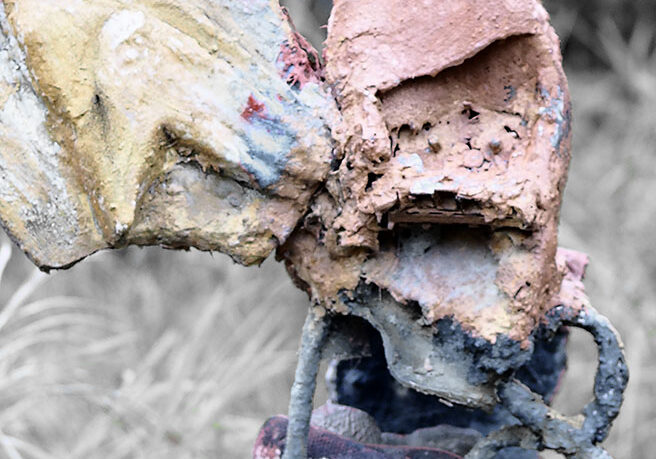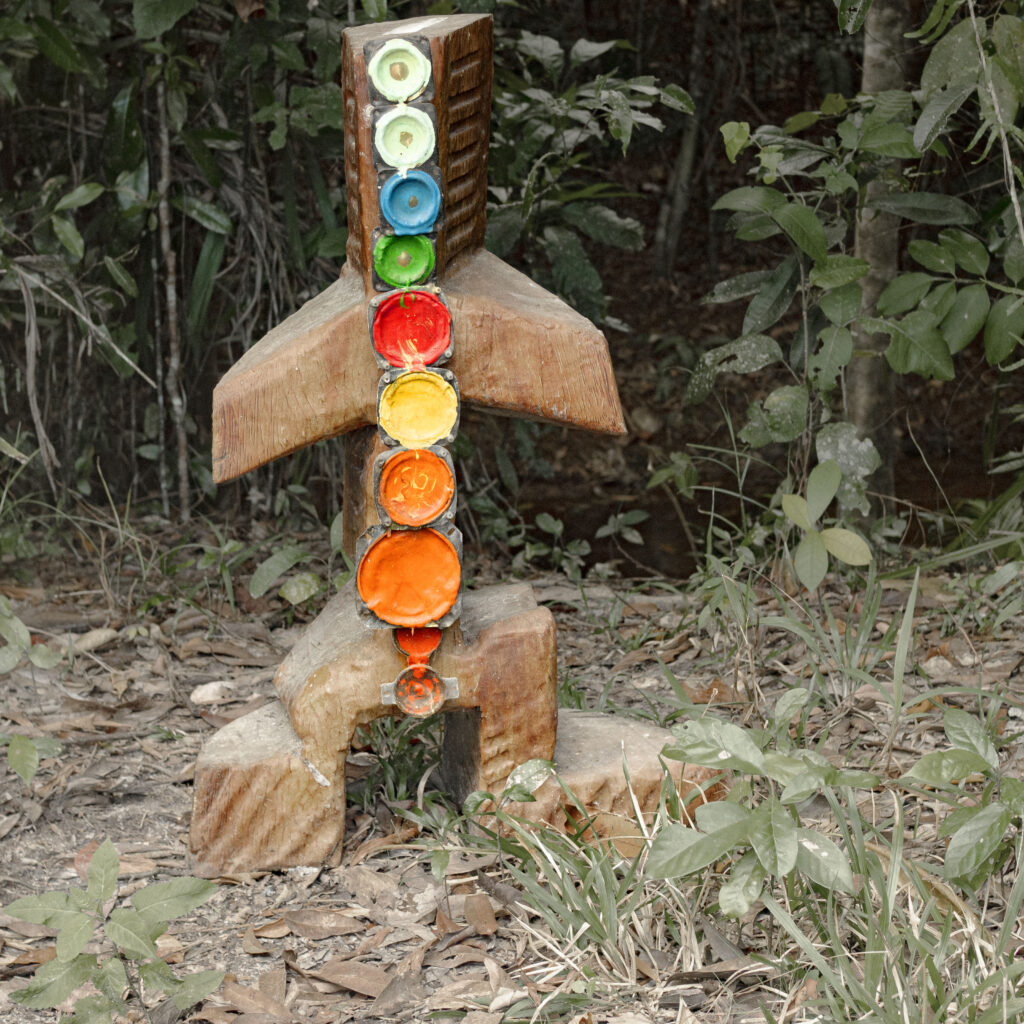Tropical art as a form of naturalism
The notion of multi compositional art objects‘ is an expression of tropical art. The ‘muti’ refers to finding multiple objects in a locales. The compositional aspect is to do with placement on a medium. My recent foray is the building up layers of paint and the placement of images and objects throughout the object which is the core armature structure.
Though briefly, the natural and urban phenomenon share essential features. If essences in nature and urban are interdependent then representational preferences based on the philosophy of essences can influence the choice for outdoor art. For example, a materialist would have a distinct philosophy contrasted to an idealist. Angeles for one might be a modernist abstract for another.
Tropical art for the outdoors.
The actual term ‘syncretic’ indicates a gradual fusion of stuff. It could be properties of nature, but also human culture, ideas, artforms. How does this relate to outdoor art? Well outdoor art is prone to environmental accretions.
Vegetative syncretic
Consider the basic tropical shelter of being under a large mango tree. It offers both coolness and dryness if the downpour brief. The pruning of the tree offers a sculpture in itself as a sort of outdoor arty sculpture experience, without being overly ostentatious.
Tropical shimmers.
Light reflecting off power lines, sky scrapers, and the road seems to intrude on the picturesque. However consider soft light reflecting off a urban raw sculptural work.
Foggy light post tropical downpour.
Foggy light obscures our vision, specially after a tropical downpour. So such phenomenon functions as a multiple realizability principle. It of no surprise that Australian art historical perspectives are arrived at from distinct regional locales within this vast continent.
The travel bug for syncretic art.
Outdoor art has probably its greatest fan base for the traveller. The Travel For Art post explores this topic in further detail. However the core message of the article is a sojourn frees the mind. That is frees the mind from platitudes. Whatever those platitudes may be if at all, travel is the form of a syncretic art transforming the cognitive mosaic.
Outdoor art tropical: philosophical assumptions.
Nature of perception for the tropical.
The phenomenology of perception can be based on a Humes account ( David Hume 1711-1776)) where relative size, colour, transparency is known through direct experience of sense datum.
Humes principle that any term in order to be meaningful must be associated with some experienced impression.
The EMPIRICISTS. R.S. Woolhouse.
The empiricist claim of direct perception leads to questions around lived experience. However, this brings up the question of authenticity.
Art of combinations: early modern philosophy as forerunners to outdoor art.
The preoccupation for seventeenth-century philosophy begins with Rene Descartes’s (1596) central meditations of first philosophy. Substance dualism and methodological doubt feature combinations of mind/body and skepticism/belief binary logic as speculation art forms.
The two sided approach of art takes up this speculation as a tribute to the early modernist philosophers’ meditations on the ‘new method’ of binary logics.
Gottfried .W. Lebniz (1646) contribution to the ‘new method’ was to show how complex concepts can be reduced to elementary concepts, such as the zero and one binary.
The art of combination is… the science which treats of the forms of things or of formulae in general. That is, it is the science of quality in general, or of the like and the unlike, according as various formulae arise from the combinations of a,b,c etc, whether they represent quantities or something else.
The Rationalists. John Cottingham
What has early modern philosophy to do with outdoor art?
The genera of outdoor art fundamentally are about objects of humanistic production. The art object, by interacting with the environment, changes in both content and form. It would be as if the art interacts with the environment in a syncretic sense. That is through accumulation, and in due course, the art changes from its original form. The artwork as representing the mind pits itself against nature. Its defiant posture resembles Descartes’ mind/body combination, and of art movements historically like that of Romantic neo classicists. Furthermore thinkers such as John Locke places art as a mode of complexity of humanism, so taking art inside and away from the outdoors in a sense.
Outdoor art and the philosophy of discrete essences.
John Locke (1632-1704) theory consisted of real and nominal essences. Locke thought of real essences composed of primary and secondary qualities. Primary qualities belonged to the category early modernists called ‘substance’ (Locke and contemporaries thought of substance akin to early atomists, also known as the corpuscular theory). Secondary qualities belonged to general sensible perceptions of objects. Nominal essences were standard definitions of things. Based on this account, real essences are challenging because primary qualities are not perceivable and secondary properties are superficial by token of depending on primary attributes of substance.
Real essences and the implication for the art object.
The more in-depth analysis of outdoor art objects takes a closer study of Locke’s theory. However, in summary, art objects, according to the Lockean account, belongs to human modes of understanding rather than the world of things.
